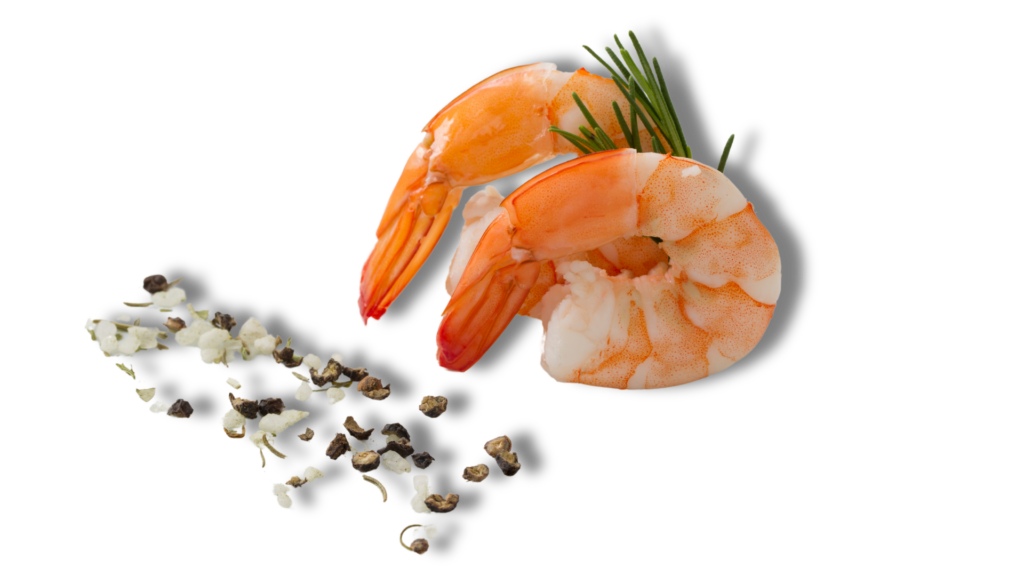What Sustainable Gastronomy Day Means for Shrimp Lovers
The Sustainable Shrimp Partnership (SSP)
June 18th, 2024
What if every meal you took could contribute positively to the planet’s well-being—would you reconsider what you put on your plate?
This is the essence of Sustainable Gastronomy Day. Celebrated annually on June 18th, it challenges us to rethink how we approach food. It’s about experimenting and enjoying with our favorite dishes while knowing that what we eat today won’t harm tomorrow’s dinner, environment, or health.
For shrimp lovers, this day highlights two fundamental aspects that enhance their appreciation for this seafood.
First, it celebrates the culinary versatility of shrimp, featuring classic, modern, unique, and accessible preparation techniques that represent diverse cultures and traditions worldwide.
Second, it emphasizes the importance of sustainable and ethical practices in sourcing, producing, and consuming shrimp.

Exploring Shrimp Versatility and Culinary Techniques
On Sustainable Gastronomy Day, we’re excited to share glimpses from “The Ultimate Shrimp Guide: Culinary Techniques for Shrimp.”
This gastronomic book is custom-made for shrimp lovers and culinary experts, brought to you by the Escuela de los Chefs, the National Chamber of Aquaculture (CNA), and the Sustainable Shrimp Partnership (SSP).
Today, classic cuisine shows more than one option for cooking shrimp. Depending on the country, shrimp can be prepared with the whole shrimp or by removing the head, shell, tail and sandy vein.
The different cooking methods or culinary techniques for shrimp are based on specific standards: heat, cooking time, moisture of the cooking medium and temperature that favors and highlights the product.
Their differences are related to the type of cooking and provide an exclusive, quality experience with flavors privileged status. Each technique shows an application that checks the usage suitability in shrimp management. Some of the most renowned classic techniques are:
On the other hand, modern techniques allows us to enjoy the same food with a great variety of textures, aromas, flavors and other nuances.
It is also known as postmodern cuisine or techno-emotional cuisine for its games with the senses and the recreation of sensory experiences, but in which the mentioned concepts of taste and respect for products are maintained. Its search is focused on finding new textures, sensations, and applications.
For example, foams. They are an emulsion produced between a gas (with a N2O cartridge introduced) and a flavored liquid (fat, albumin, starch or gelatin based), which results in a mix with a foamy texture, with a considerable density and very pleasant in the mouth.
The success of a foam depends on the combined flavors and its density. Its use applies to cocktails, appetizers, main dishes, sauces, and garnishes.
Other modern techniques include spherification, gelling, airs, or vacuum.
Did You Know Shrimp Aquaculture Could Be Sustainable?
By 2050, the world will be home to over 9 billion people, all requiring food. The United Nation’s Food and Agriculture Organization (FAO) predicts that global demand for protein will double by then.
As wild fisheries already face over-exploitation, aquaculture presents a viable solution to meet the increasing global demand for food while maintaining wild stocks and supporting healthy ocean ecosystems.
Aquaculture is an efficient method of protein production, requiring less land and freshwater compared to meat production. It also has a better feed conversion ratio and a higher rate of protein retention, which ultimately means through aquaculture we get more food and protein from fewer resources, having a smaller impact on the environment.
However, not all aquaculture is produced equally. Up until now, the farmed shrimp sector has operated on a commodity basis, favoring the lowest prices over sustainable practices. This approach has often led to compromised farming methods, including poor social standards, reduced product quality, and increased antibiotic use to mitigate disease risks.
In Ecuador, producers have demonstrated that it is possible to produce a premium quality shrimp while ensuring safety for people and planet.
By farming shrimp following the highest social and environmental standards, with zero use of antibiotics, having a neutral impact on water, and ensuring complete traceability of the product through blockchain technology, the members of the SSP are elevating the standard for quality and sustainability in global shrimp aquaculture.
As producers, we must prioritize practices that enhance social and environmental well-being, aiming to improve and contribute to a better world. Likewise, as consumers, we have the power to make informed choices, ensuring that every meal supports sustainability and a healthier planet for all.
